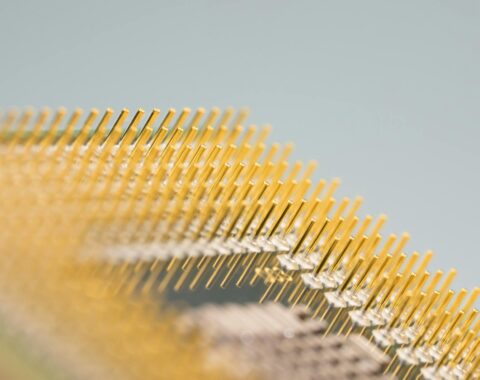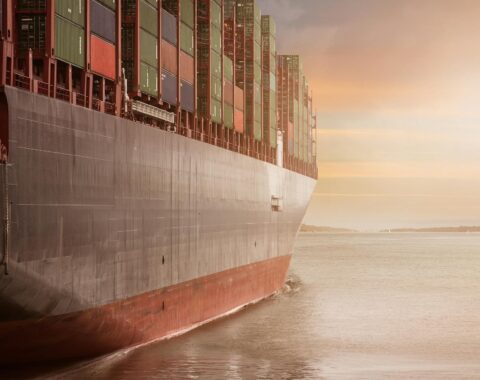Organizations are committed to optimizing the use of resources to deliver the required business results. The goal is to enable smarter processes throughout the enterprise to enhance collaboration, reduce delivery time and bring cost-effectiveness. This is where robotic process automation (RPA) can help organizations; it helps companies automate their manual and repetitive processes through software robot labor.
Leveraging the Robotic Process Automation platform from Power Automate is a service that helps you create automated workflows between applications and services to synchronize files, get notifications, collect data, etc.
Using Power Automate, there are some processes that start immediately, while others seem to take some time to start. The difference between these processes is in how they operate.
Now, let’s take look at the different types of triggers and the difference in triggering these processes.
First, we need to sign in and click on Create. Here we will see three following flows:
- Automated
- Instant
- Schedule
Automated Flow:
The automation flow is initiated by data events. For example, when a blob is added or modified in your container it sends an email with file attachment.
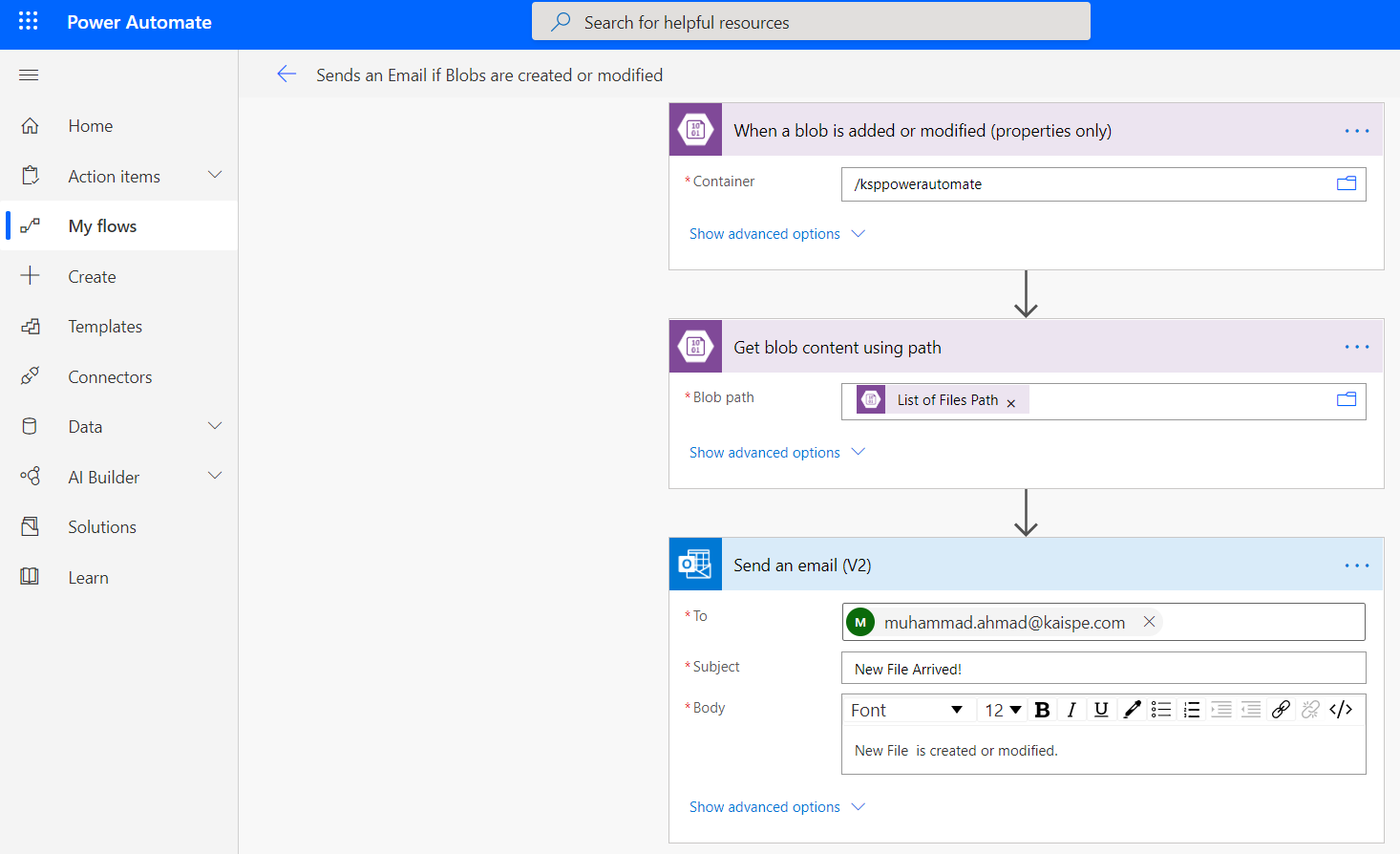
Instant Flow:
Instant flows do not have the same processes as automatic processes. Instead, they are triggered manually, such as when users click the flow button in a mobile app. For example, sends an email with contact information when the user clicks a button.
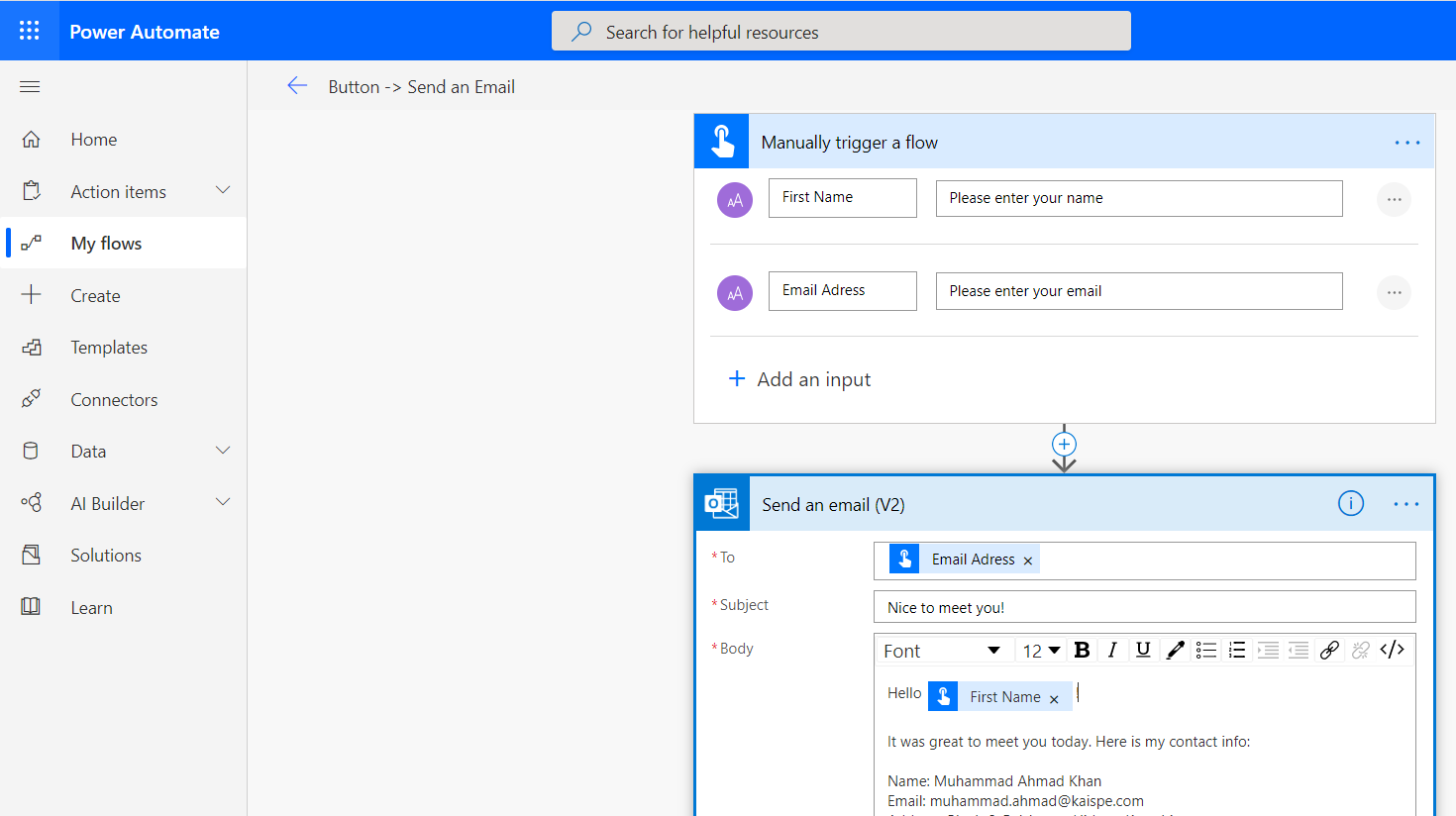
Schedule Flow:
Schedule flows does not have triggers, they simply run when schedule time arrives. For example, sends me an email with current weather on a define schedule.
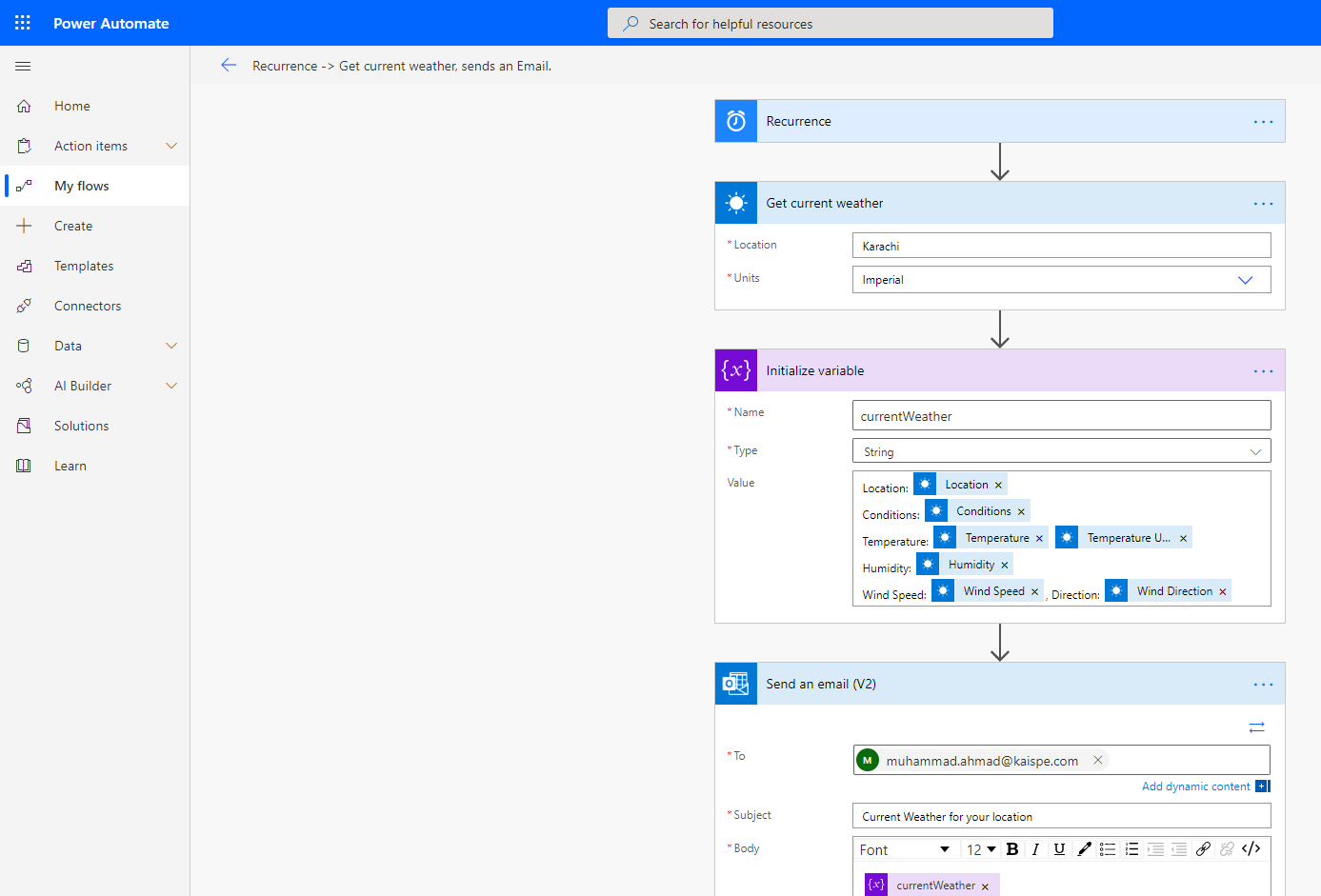
I hope you found this blog post helpful. If you have any questions, please feel free to contact [email protected].



